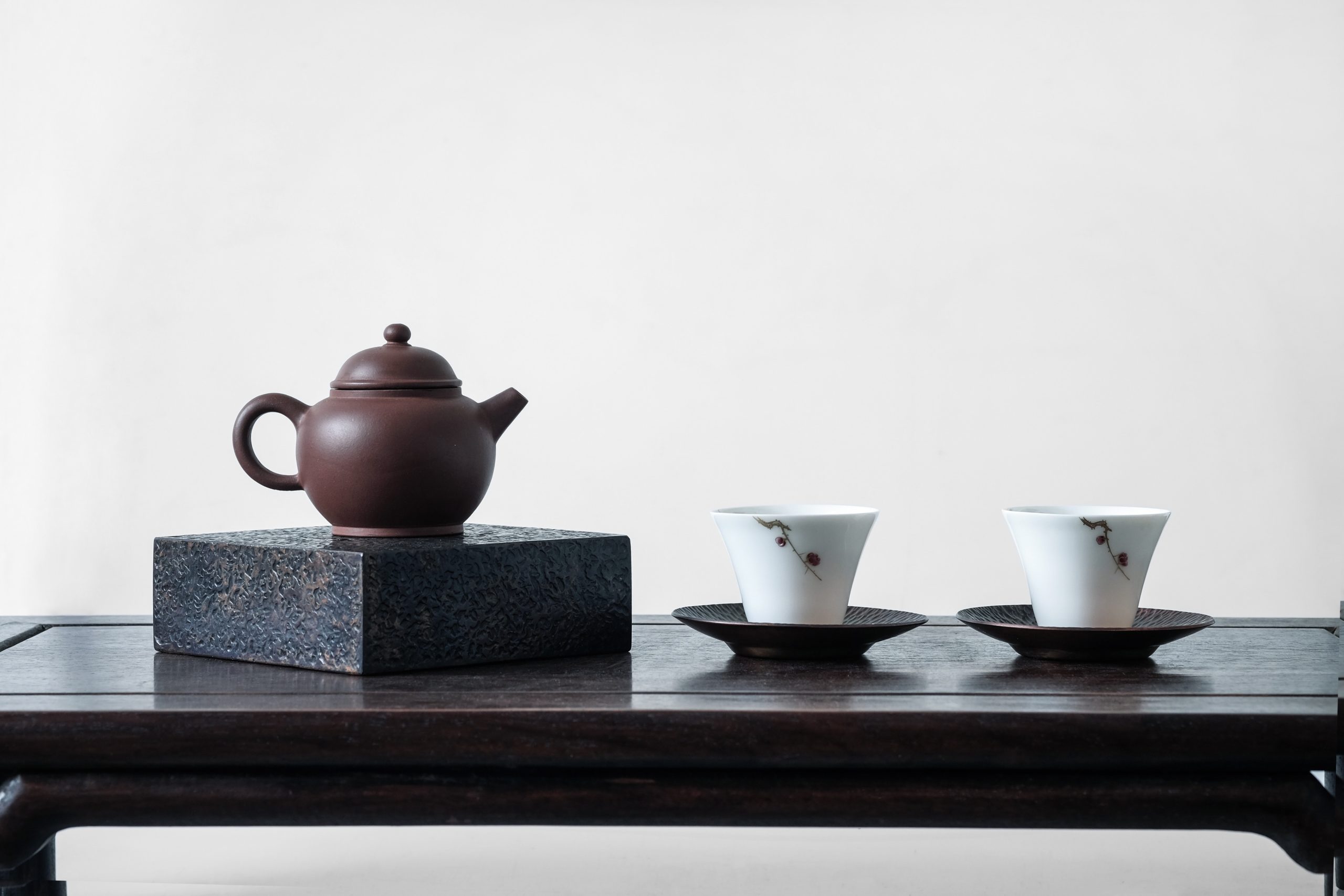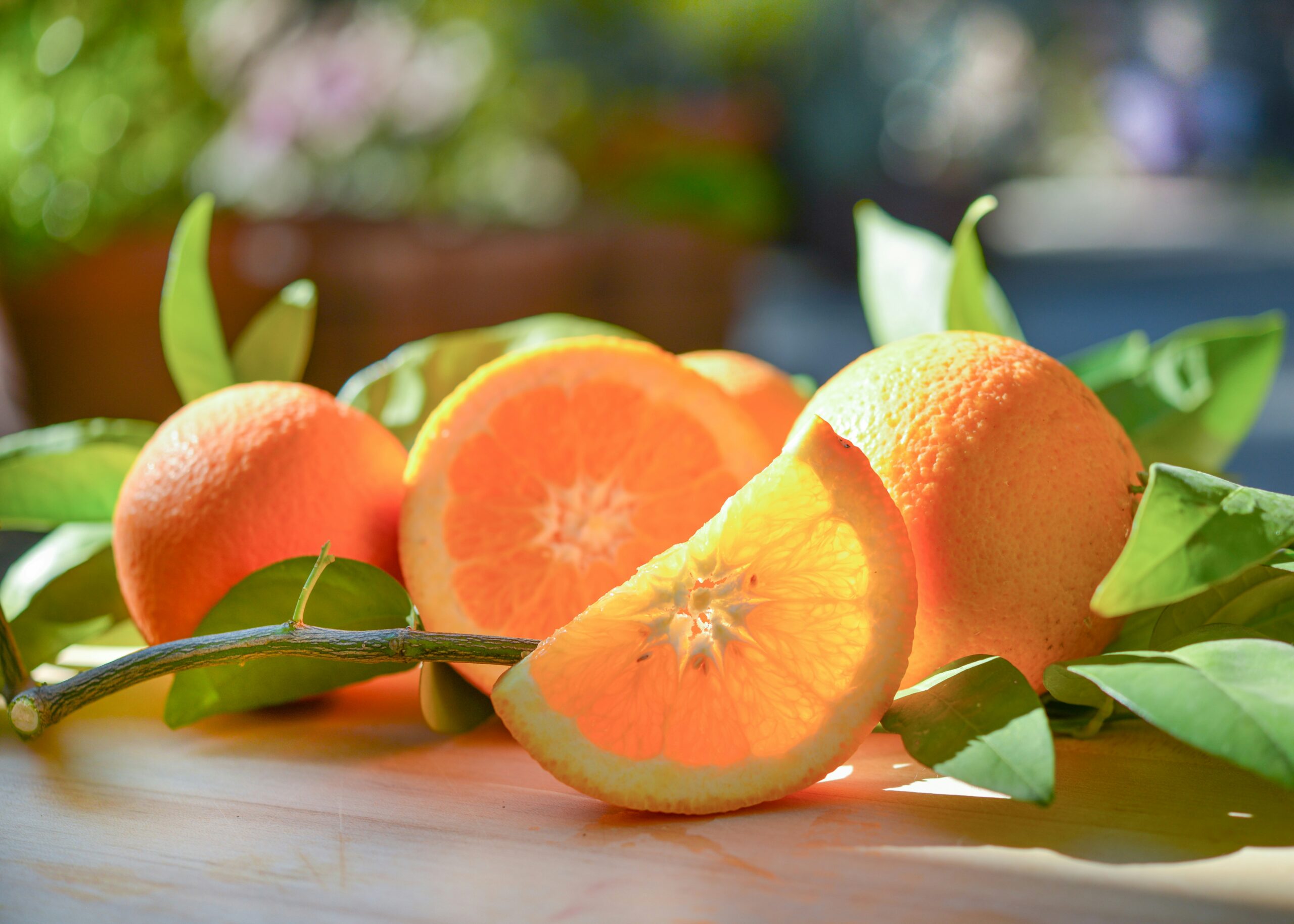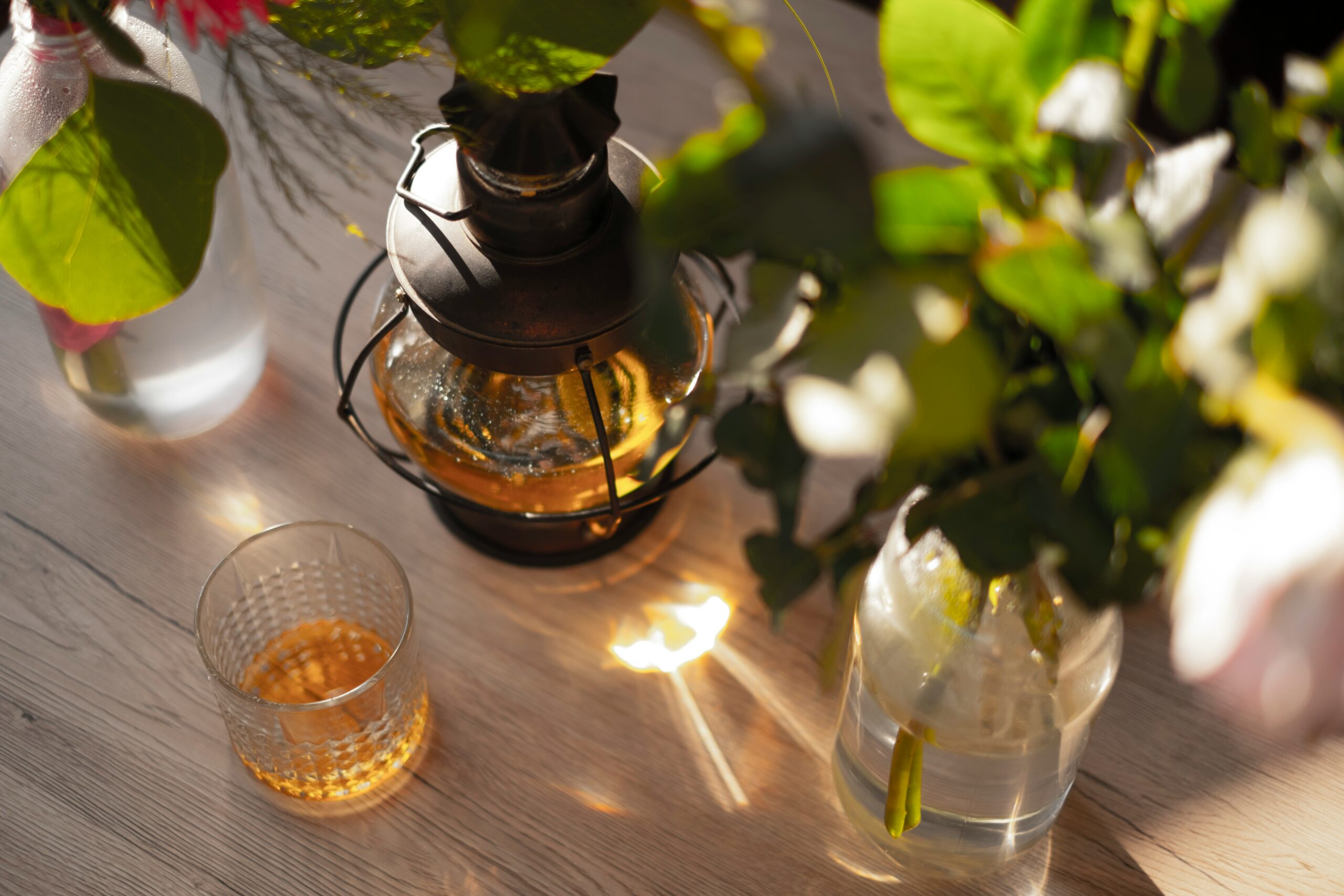The Three Classifications of Ceylon Tea: Introducing the Characteristics and Main Production Regions of High Grown, Mid Grown, and Low Grown
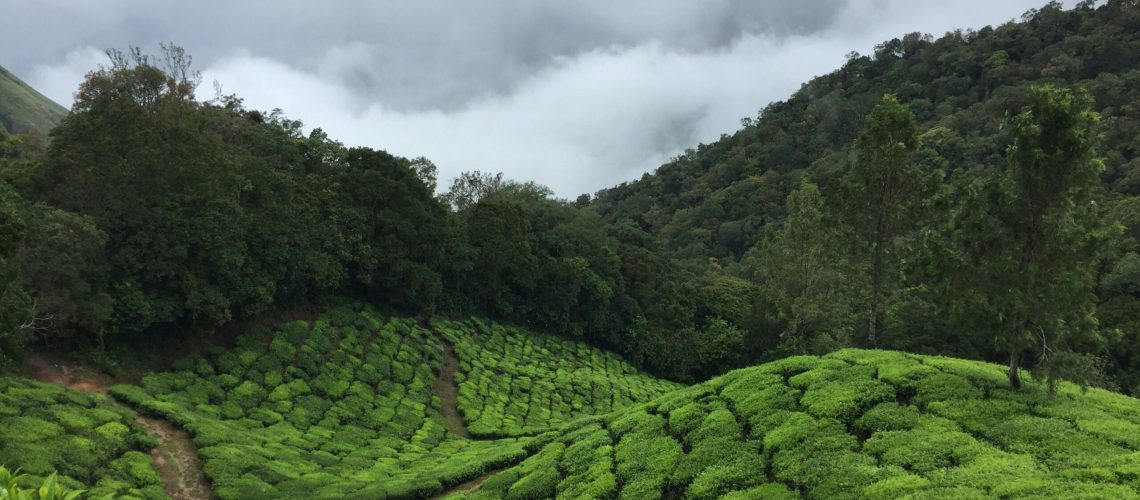
Did you know that Ceylon tea can be classified into three categories? Grown across various regions of Sri Lanka, Ceylon tea is divided into High Grown, Mid Grown, and Low Grown based on the altitude at which it is cultivated. Each classification has its own unique flavor and aroma, offering a variety of ways to enjoy it. In this article, we’ll introduce the characteristics and main production regions of each classification.
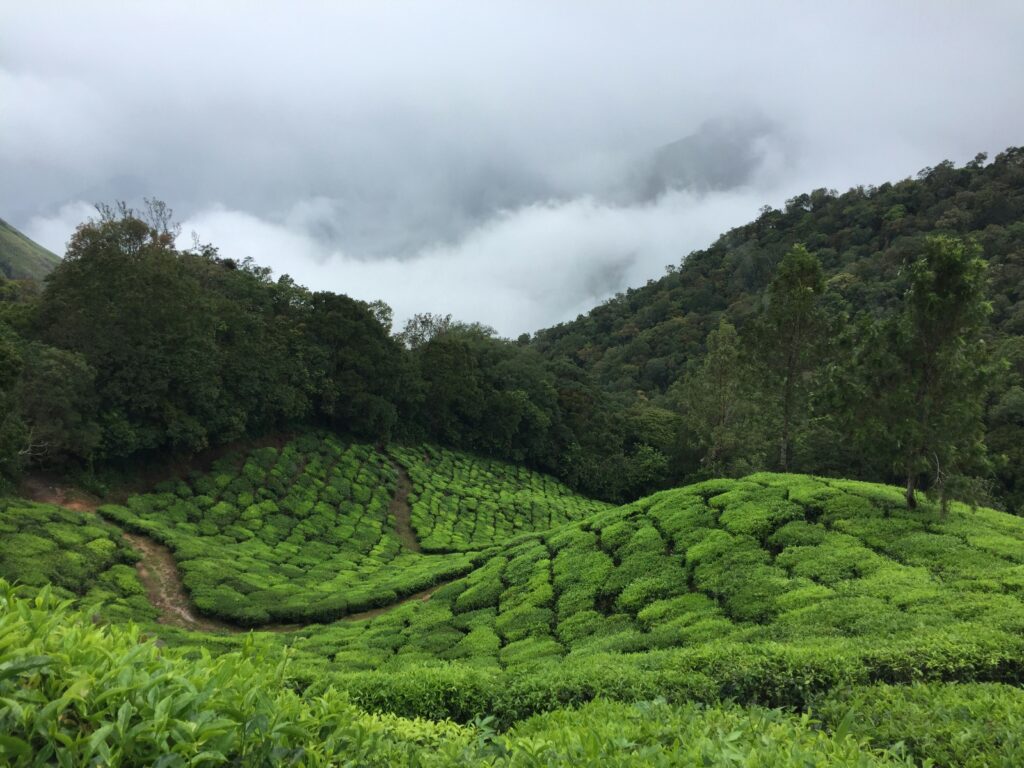
1. High Grown Tea
High Grown Tea is cultivated at altitudes above 1,200 meters. The large temperature differences between day and night at these high altitudes give the tea leaves a refreshing astringency and a delicate aroma. The liquor is bright, with fruity notes and a clean, crisp taste. The main production regions include high-altitude areas such as Nuwara Eliya, Uva, and Dimbula.
2. Mid Grown Tea
Mid Grown Tea is cultivated at altitudes between 600 and 1,200 meters. This tea is known for its balanced flavor, where astringency and sweetness are harmoniously combined. It is a versatile tea that can be enjoyed in various settings. The main production regions include areas like Kandy, Dimbula, and Uda Pussellawa.
3. Low Grown Tea
Low Grown Tea is cultivated at altitudes below 600 meters and is characterized by its rich and deep flavor. With low astringency, it is perfect for enjoying as milk tea. The tea leaves are large, and the flavor is strong, making it ideal for a robust cup. The main production regions for this classification include Ruhuna.
Fun Fact
In some cases, the classification of tea can vary depending on the altitude within the same region. For example, Dimbula can be classified as either High Grown or Mid Grown, and Kandy can be classified as both Mid Grown and Low Grown. Considering these differences can add to the enjoyment of choosing your tea.
We’ve introduced the three classifications of Ceylon tea and their characteristics. We hope this helps you in selecting your next favorite tea!
Recommended Articles
Latest Articles

About the Author / teplo

teplo is a tea brand with the mission of bringing delicious tea to the world.
We provide comprehensive support for the operation of tea media, the purchase and sale of tea leaves, the development and sale of tea brewing machines, and the development of tea menus and recipes for restaurants.
Sign up for teplo’s e-newsletter
Want to receive seasonal information and tidbits about tea without missing a beat? If so, please register your e-mail address using the registration form below.
We will send you the latest information from teplo by e-mail newsletter.
(*1) Please be sure to read and agree to our Privacy Policy before registering.
(*2) Please make sure that you can receive emails from info@load-road.comおよびhello.japan@load-road.com.
